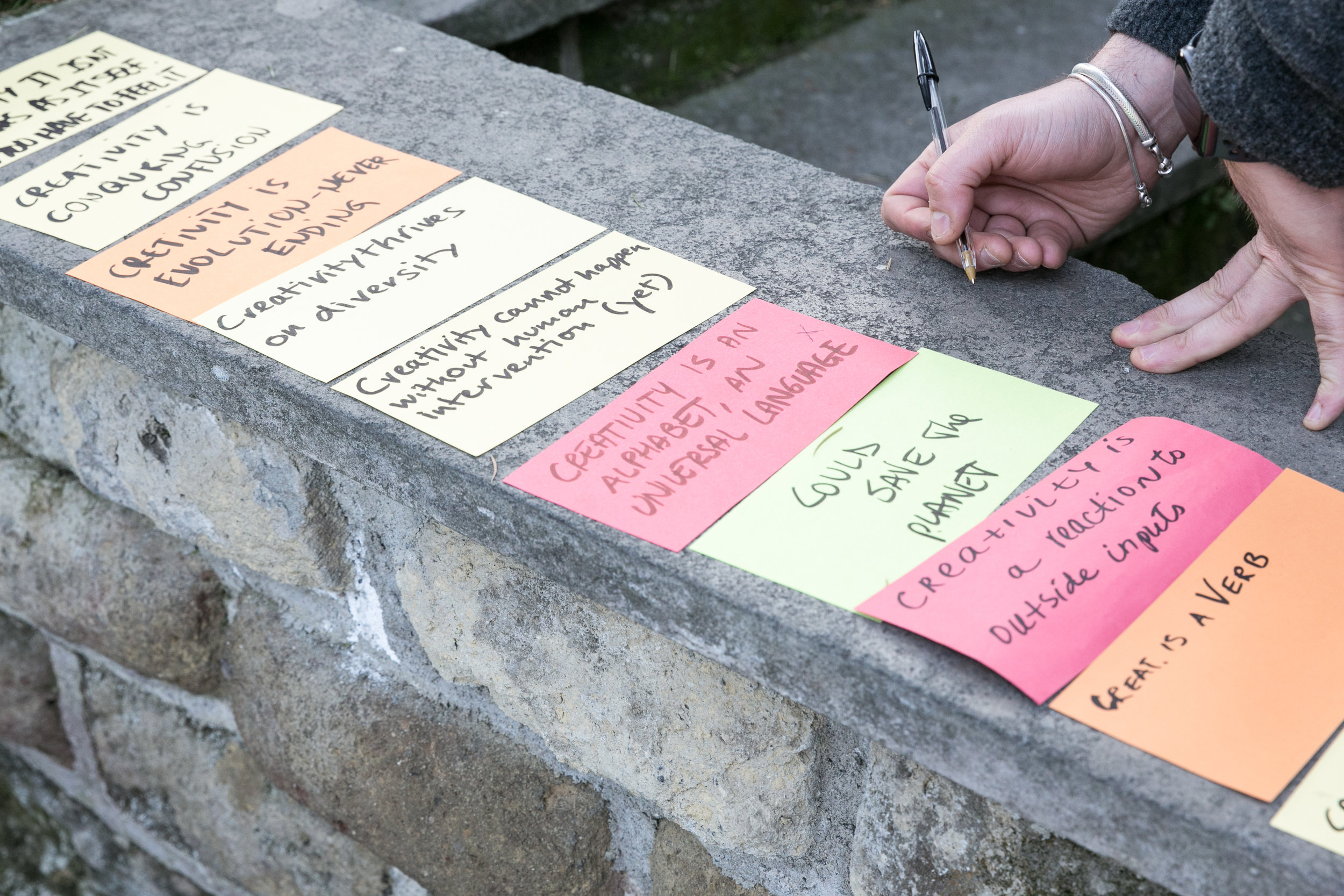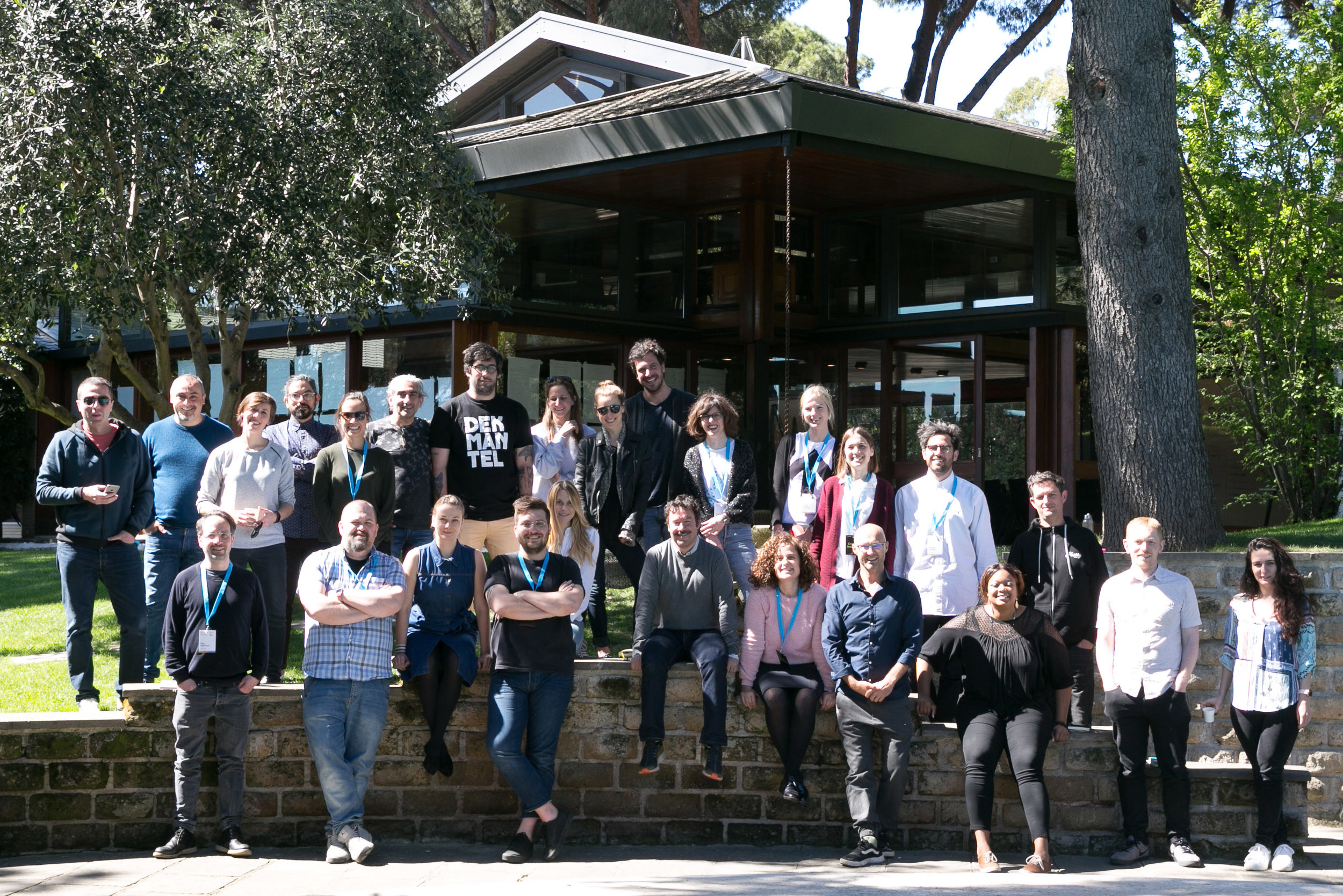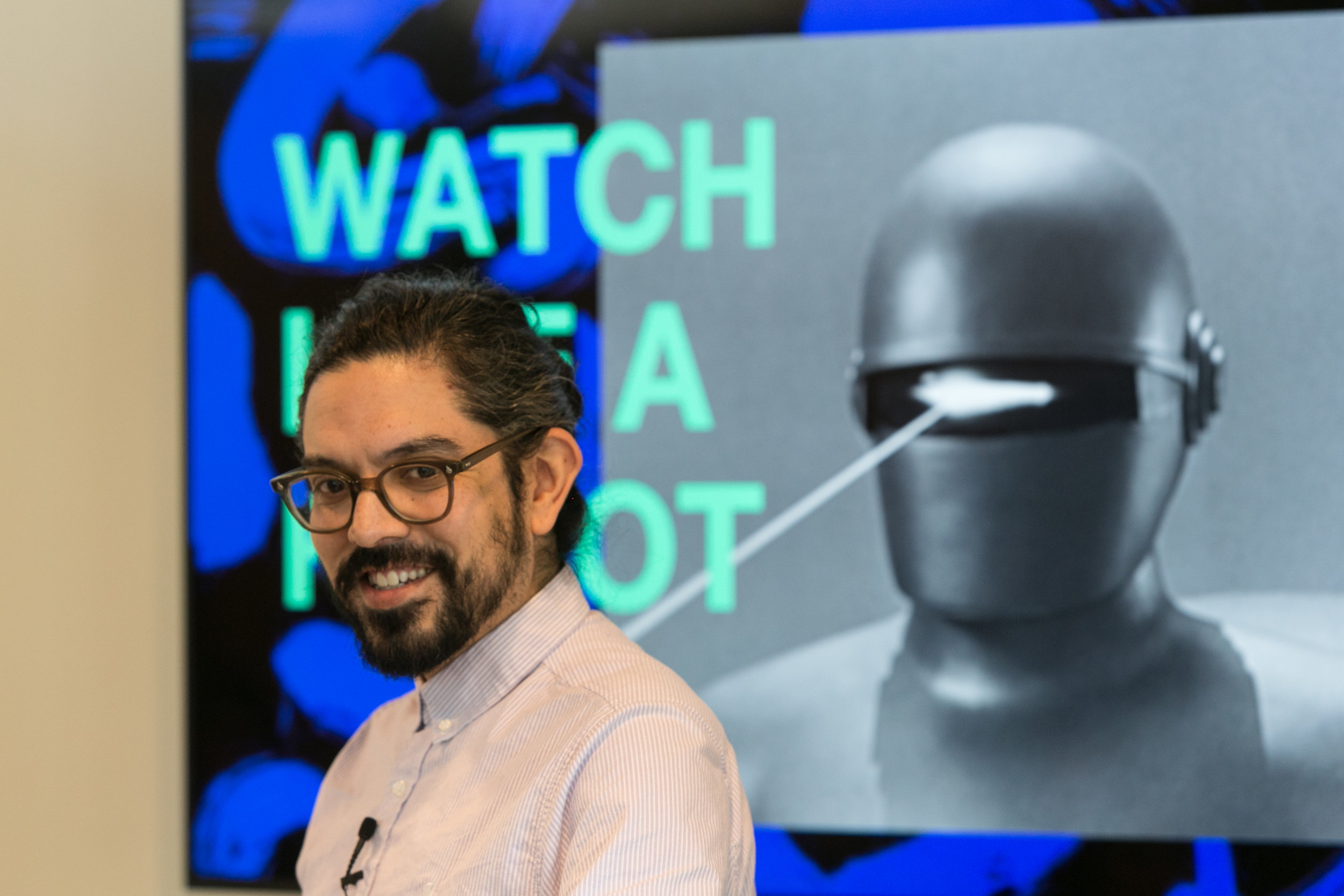I recently attended the first of the three-part Creative Incubator programme, run by Pi School at its lush pastoral campus in Rome. We covered a huge amount in a few days, below are six key techniques we learned to use when applying creativity to social causes.
The course was led by the school’s always energetic co-founder Jamshid Alamuti, and was guided by the hard to kill Conn Bertish (Saatchi & Saatchi, JWT and now founder of Cancer Dojo), laid back creative Rey Andrede (72 and Sunny) and the ‘dark lord’ Axel Quack (Frog Design). It turns out that Axel’s methods weren’t really so dark, he just uses numbers sometimes, which I know is anathema to most creatives.
We attendees came from right across Europe, from Estonia to Georgia and most places in between, along with an intrepid American expat who travelled from China especially to attend. I learned about Russian prison tattoos from a Romanian, about Chinese TV from the American and never to cut pasta with a knife from an Italian. Our skills were equally diverse, and included service design, behavioural design, graphic design, art direction and copywriting.
The toolkit
Passion and compassion
Once a social need has been identified, Conn showed how passion and compassion for its beneficiaries are vital ingredients in any creative solution addressing a social cause. His compassion and passion came through having survived a brain tumour, and spending long periods of time with other cancer sufferers. He applied his creativity during his treatment in order to stay positive throughout it, and once again in developing the Cancer Dojo platform to help others do the same.Making creative connections
Creativity at its most basic level is about making new connections between disparate concepts. We started to use this method, to look for ways to solve problems by connecting matching needs in different parts of society. This pattern has been elegantly put into practice in Holland, where students were accommodated for free within a residential development for the elderly.Human centric design and community-led solutions
Axel Quack of Frog Design gave a masterclass on user centric design - how problems can be solved by making the user of a product the central concern in any design project. In a refreshingly ego-free approach, he went on to show examples of how users and community members themselves can develop effective, sustainable solutions to their own problems with the right guidance. The stand-out example of this for me was Frog’s work with the Red Cross in developing community-led ways to improve fire safety in Kenyan slums.The five whys
A well known technique originally developed for Toyota, but little used in creative circles. This is a way of delving down to the root cause of a problem, essential when developing an effective creative brief.The Futures Wheel
We used this tool to break down a complex issue into its component parts in order to find a specific area which can be addressed.Creative critical thinking
Rey got us all talking about how to evaluate creative projects within an organisation, especially the crucial question of whether a piece of creative is really ready to be released into the wild.
Pi School combines creatives, technologists and start ups to share ideas and drive innovation. The incubator is supported by ADCE, its aim this year is to develop methods to apply creativity to the needs of social causes, a topic close to my heart.
If you are inspired by this, there may be a few places left on the second and third modules for 2019. Apply at https://picampus-school.com/
And if you have a social cause which would benefit from some creative input, please get in touch!




